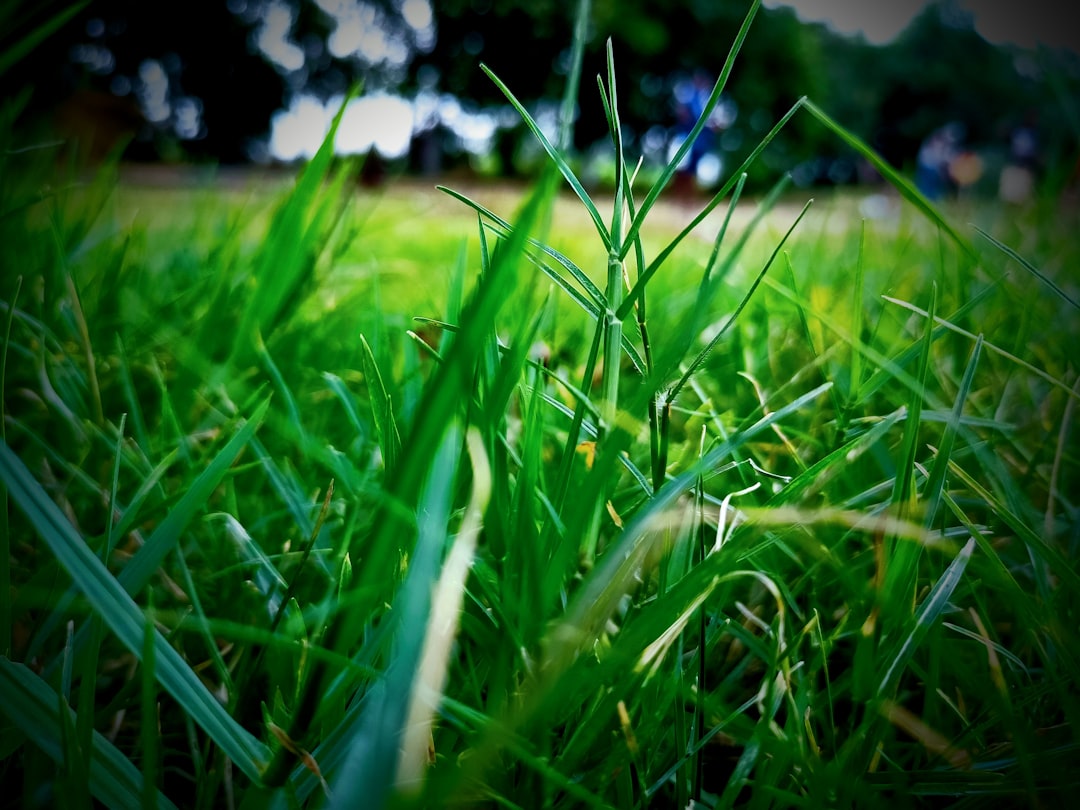The Secret to a Thick and Lush Lawn: Overseeding Frequency

Maintaining a thick and lush lawn is a dream for many homeowners. One of the most effective ways to achieve this is through overseeding. But how often should you overseed your lawn? The answer depends on several factors, including your region, the type of grass you have, and the overall condition of your lawn.
Understanding Overseeding
Overseeding involves spreading grass seed over an existing lawn. This helps to fill in thin or bare spots, improve the density of the grass, and enhance the overall appearance of the lawn. It also helps to introduce new grass varieties that may be more resistant to diseases, pests, and environmental stressors.
Regional Considerations
Different regions have different climate conditions, which can significantly impact the frequency of overseeding. Here's a breakdown of how often you should overseed based on your region:
1. Cool - Season Regions
In cool - season regions, such as the Northeast, Midwest, and Pacific Northwest, the best time to overseed is in the early fall. The soil is still warm, which promotes seed germination, and the cooler air temperatures are less stressful for the new grass. You can overseed every 1 - 2 years in these regions. This is because cool - season grasses, like Kentucky bluegrass, fescue, and ryegrass, have a natural growth cycle that allows them to recover well from overseeding. The fall overseeding gives the new grass enough time to establish roots before the winter sets in.
2. Warm - Season Regions
Warm - season regions, including the South and parts of the Southwest, have a different overseeding schedule. The best time to overseed in these areas is in the late spring or early summer. Grasses like Bermuda grass, Zoysia grass, and St. Augustine grass thrive in warm temperatures. You may need to overseed every 2 - 3 years. Warm - season grasses go dormant in the winter, and overseeding during the appropriate warm period helps to ensure that the new grass can grow and blend in with the existing lawn.
3. Transition Regions
Transition regions, which experience both cool and warm - season conditions, are a bit more challenging. These areas, such as the mid - Atlantic states, may require overseeding every 1 - 2 years. You need to choose grass varieties that can tolerate both temperature extremes. Overseeding can be done in the fall for cool - season grass improvement or in the spring for warm - season grass enhancement, depending on your lawn's dominant grass type.
Other Factors Affecting Overseeding Frequency
1. Lawn Traffic
If your lawn experiences heavy foot traffic, such as from children playing or pets running around, you may need to overseed more frequently. The constant wear and tear can cause the grass to thin out, and overseeding helps to replenish the grass and keep it looking healthy.
2. Soil Quality
Poor soil quality can also impact the frequency of overseeding. If your soil is compacted, lacks nutrients, or has a high pH level, the grass may not grow as well. You may need to improve the soil through aeration, fertilization, and soil testing. In some cases, more frequent overseeding may be necessary to compensate for the less - than - ideal soil conditions.
3. Disease and Pest Problems
If your lawn has a history of disease or pest problems, overseeding can help introduce more resistant grass varieties. However, if the problems persist, you may need to overseed more often to maintain a healthy lawn. Regular monitoring and proper pest and disease control measures are also essential.
Preparing for Overseeding
Before overseeding, it's important to prepare your lawn properly. Mow your lawn shorter than usual to allow the seeds to make better contact with the soil. Aerate the soil to improve air, water, and nutrient penetration. Remove any debris, such as leaves and twigs, from the lawn. You can also apply a starter fertilizer to provide the new seeds with the necessary nutrients for growth.
Aftercare
After overseeding, keep the soil consistently moist. Water lightly several times a day to prevent the seeds from drying out. Avoid heavy traffic on the newly seeded areas until the grass has fully established. Once the new grass reaches a mowable height, gradually reduce the watering frequency and increase the mowing height.
In conclusion, the frequency of overseeding your lawn depends on your region, lawn traffic, soil quality, and the presence of disease and pests. By following the appropriate overseeding schedule and taking proper care of your lawn, you can enjoy a thick, lush, and beautiful lawn for years to come.